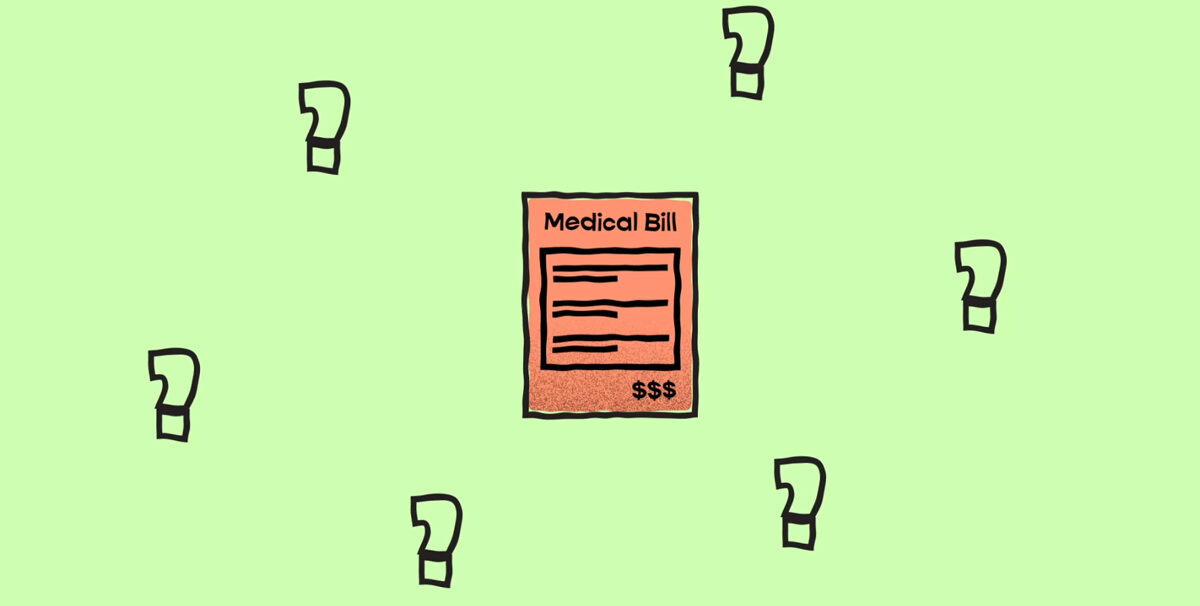Diabetes comes in two forms: Type 1 and Type 2. While Type 2 diabetes is far more common, both can be deadly, as they affect the body’s insulin production. Over 34 million U.S. adults have some form of diabetes, and 1 in 5 don’t even know it, according to the Centers for Disease Control and Prevention. November is American Diabetes Month, so take the time now to learn more about this serious disease. Get your A1C checked and check out the weekly health action prompts below to learn more and take charge of your health!
To help maintain your health, it’s important to first understand diabetes risk factors and symptoms. Unfortunately, little is known about why people develop diabetes. For Type 1 diabetes, health experts believe family history and age may play a role. For Type 2 diabetes, the risk factors are a bit clearer and are lifestyle related, include being overweight, inactivity, race, ethnicity, and having a family history of diabetes.
This month our Take Action Weeks include:
6 Tips for Diabetes Prevention
You have the ability to stop Type 2 Diabetes from affecting your life. Even if you display signs of prediabetes, a few key lifestyle changes can greatly improve your chances of preventing the disease.
- Know Your Risks – Talk to your doctor about your family history and other warning signs of diabetes.
- Manage Your Weight – Obesity plays a major factor in the development of the disease. Reducing body weight by 5 percent can cut your chance of developing diabetes by more than half.
- Get More Exercise – Regular exercise helps manage body weight, encourage hearth health, and manage blood sugar levels.
- Choose Whole Grains – Choosing whole grains may lower the risk of Type 2 Diabetes because their nutrients release slowly into the blood stream to naturally manage blood sugar levels.
- Monitor Carbohydrate Intake – Carbohydrates raise blood sugar levels and high blood sugar levels can increase risk for diabetes.
- Stick to a Healthy Diet – Control portion size and eat a balanced diet of leafy greens, fruits, fish, and lean meats.
Type 2 Diabetes
- Obesity
- Physical inactivity
- Genetics
- High blood pressure
- Abnormal cholesterol levels
- Ethnicity (being African American, Pacific Islander, Hispanic/Latino, American Indian or Asian American)
- Age (risk increases as you get older, especially after age 45)
- Having pre-diabetes—left untreated, it likely will develop into Type 2 diabetes
- Previously or currently having gestational diabetes
- Giving birth to a baby weighing more than 9 pounds
- Increased thirst and frequent urination
- Extreme hunger
- Weight loss despite eating more than usual
- Blurred vision
- Fatigue
- Slow-healing sores or frequent infections
- Patches of dark skin in folds and creases of the body
- Fasting plasma glucose test: This measures blood glucose after abstaining from eating for at least eight hours.
- Oral glucose tolerance test: This measures blood glucose after at least eight hours without eating and two hours after drinking a glucose-containing beverage.
- Random plasma glucose test: During this test, the physician checks blood glucose no matter when the last meal was consumed. This test is administered in addition to an assessment of symptoms such as increased thirst and urination, and unexplained weight loss.
- Following a specific meal plan
- Being physically active
- Taking prescribed medication, including insulin if needed
- Testing blood glucose as recommended
- Keeping daily records of blood glucose levels and any unusual issues that come up during the day
- Heart and blood vessel disease
- Blindness or eye disease
- Kidney failure
- Nerve damage
- Osteoporosis
- Skin infections
- Alzheimer’s disease
- Gum infections
- Take the following precautions to help avoid developing Type 2 diabetes:
- Get a routine diabetes screening.
- Make healthy food choices—select foods low in fat like fruits, vegetables and whole grains.
- Monitor salt intake and choose foods with a low salt content.
- Get more physical activity—aim for 30 to 60 minutes of moderate physical activity a day. If a long workout is not possible, break it up into smaller sessions spread throughout the day.
- Lose excess weight—even a loss of 10 pounds may lower the risk of developing Type 2 diabetes.
Know Diabetes by Heart









